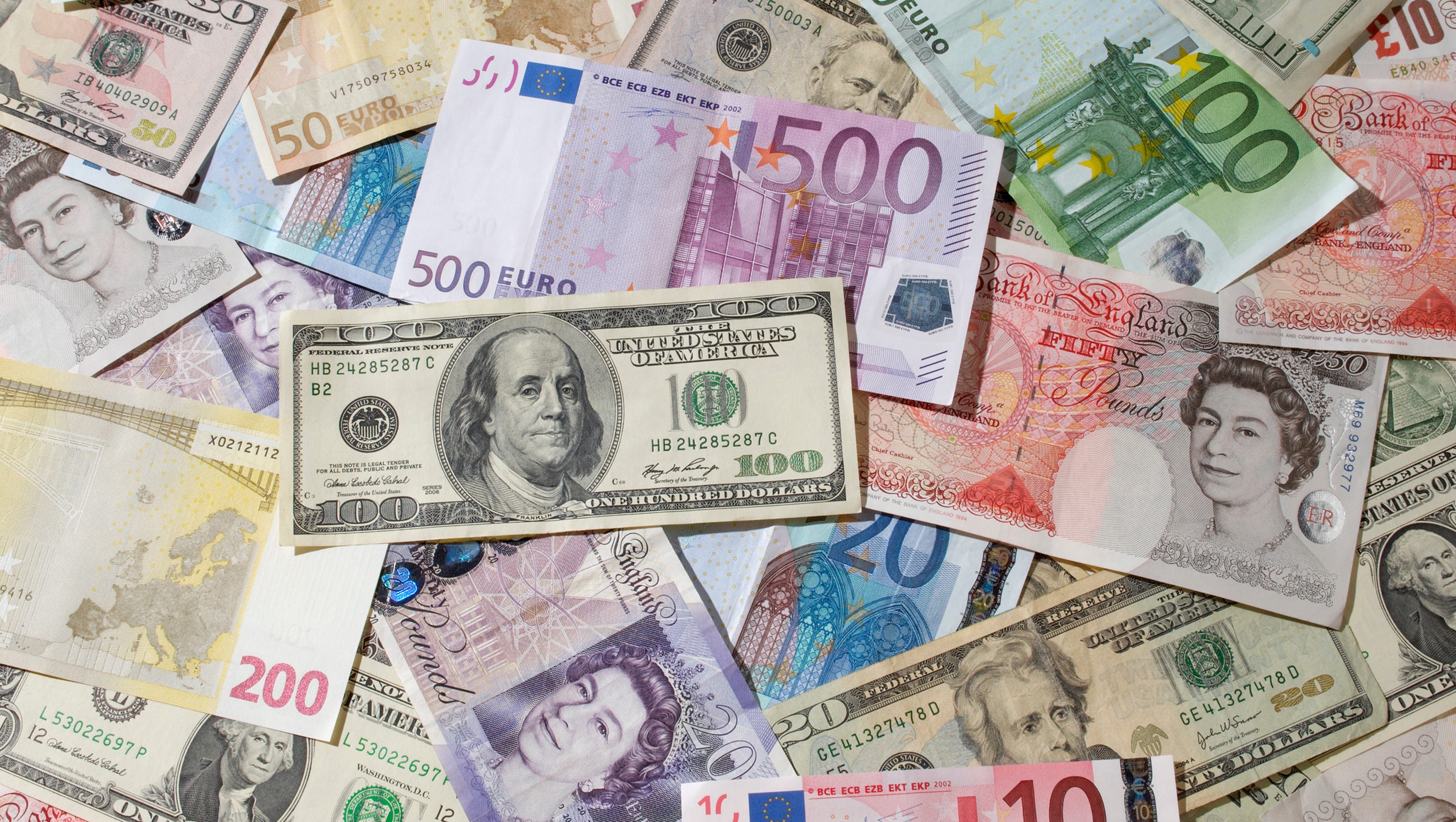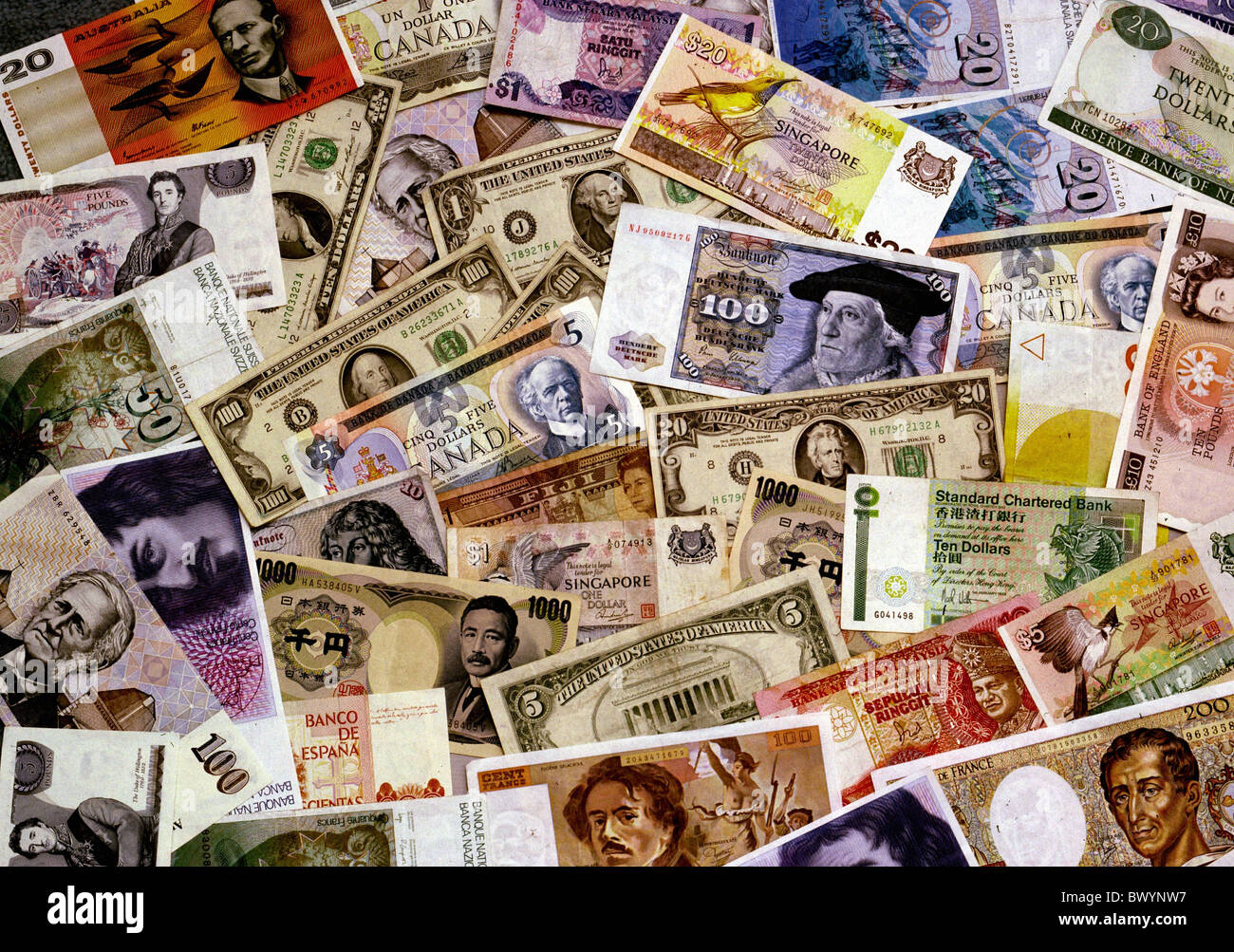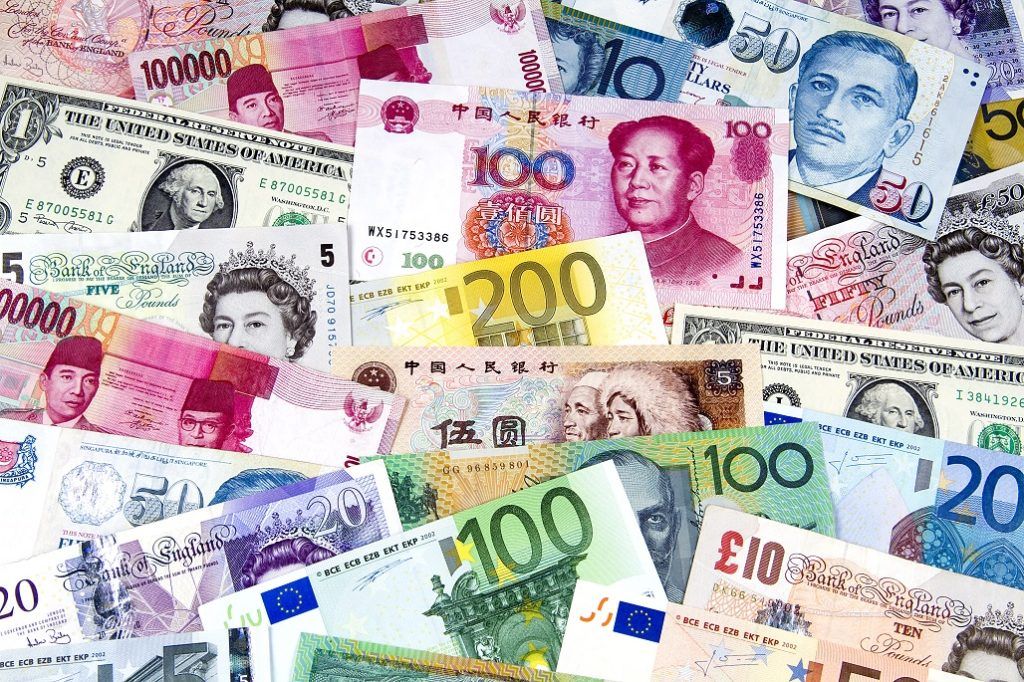Navigating Iranian Currency: What Currency Does Iran Use?
Have you ever wondered what currency does Iran use when planning a trip or simply trying to understand its economic landscape? Iran's monetary system can seem perplexing at first glance, especially with its unique blend of official currency and widely used informal units. This article aims to demystify the Iranian currency, providing a comprehensive guide for travelers, businesses, and anyone interested in the financial intricacies of this fascinating nation.
From its historical roots to daily transactional practices, we'll delve into the nuances of the Iranian Rial and the pervasive Toman, exploring their origins, current usage, and practical implications for visitors and residents alike. Understanding these distinctions is crucial for seamless financial interactions in Iran, ensuring you can confidently navigate everything from street bazaars to official transactions.
Table of Contents
- The Official Legal Tender: The Iranian Rial (IRR)
- The Toman: Iran's Unofficial Daily Currency
- Denominations and Appearance of Iranian Currency
- Exchanging Money in Iran: Practical Tips for Travelers
- The Economic Landscape: Inflation and Devaluation
- The Future of Iranian Currency: Potential Changes
- FAQs about Iranian Currency
The Official Legal Tender: The Iranian Rial (IRR)
When you ask, "what currency does Iran use officially?", the definitive answer is the Iranian Rial (IRR). As the official legal tender in Iran, the Iranian Rial is officially recognized by the Iranian government, meaning you can use it to settle all financial obligations in the country, including paying for goods, services, taxes, and debts. This makes the Rial the backbone of Iran's formal economy, underpinning all official transactions and financial reporting.
The history of the Rial as Iran's monetary unit dates back to its introduction in 1932, when it replaced the previously valid Qiran. Historically, one Rial was divided into 100 dinars, though this subdivision is largely obsolete in daily transactions today due to the Rial's lower value. The exclusive authority to issue banknotes and coins in Iran rests with the Central Bank of the Islamic Republic of Iran, ensuring a centralized control over the nation's money supply.
Interestingly, despite its official status, there is no widely recognized official symbol for the Iranian Rial. However, the Iranian standard ISIRI 820 defined a symbol for use on typewriters, mentioning that it was an invention of the standards committee itself. Furthermore, the two Iranian standards ISIRI 2900 and ISIRI 3342 define a character code to be used for it, indicating efforts to standardize its representation in digital and print media, even if a universally adopted symbol like '$' or '€' remains absent.
The Toman: Iran's Unofficial Daily Currency
This is where understanding what currency does Iran use becomes a little more nuanced and, for those unfamiliar with Iran’s money system, things can get a little confusing. While the Iranian Rial (IRR) is the official currency of Iran, Iranians use Toman in daily life even though the Rial is the country’s official Iran currency. In fact, during 99% of daily talks, Iranians use Toman. So, when discussing money or the price of something, it's often best to forget Rial and think in Toman, as this is how locals communicate prices.
The Toman is not an individual currency in itself but symbolizes 10 Rials. This informal conversion simplifies large numbers, making transactions quicker and easier to comprehend in everyday conversations. For example, an item priced at 50,000 Tomans is equivalent to 500,000 Rials. This mental conversion is second nature to Iranians but can be a significant hurdle for visitors if they are not aware of it.
Historically, the Toman was the currency of Iran until 1932, when it was replaced by the Rial. During its time as official currency, it was divided into 10,000 dinars. Between 1798 and 1825, the Toman was also divided into 8 Rials, each of which was worth 1,250 dinars. In 1825, the Kran was introduced, worth 1,000 dinars or 1/10th of a Toman. The term Toman (or Tuman) itself has a long history, already being in use in the Safavid era, highlighting its deep roots in Iranian culture and commerce.
Understanding Rial vs. Toman in Practice
To truly grasp what currency does Iran use in practical terms, it's essential to internalize the Rial-Toman relationship. When you see a price tag in a shop, or when a taxi driver tells you a fare, they will almost invariably quote it in Tomans. If they say "fifty thousand," they mean 50,000 Tomans, which translates to 500,000 Rials. This is a crucial distinction that can prevent miscommunications and overpayments.
Iranian banknotes and coins are denominated in Rials (IRR), the official currency of Iran. However, people mainly use a Toman in their transactions. For instance, you might encounter an "Iran Cheque" for 50,000 Toman (which is 500,000 Rials) or 100,000 Toman (1,000,000 Rials). These "Iran Cheques" are essentially large-denomination banknotes issued by the Central Bank that function as regular currency. As of 2024, the lowest value banknote you can find in Iran is 50,000 Rial, which is commonly referred to as 5,000 Toman.
Current coins in use are also often referred to in Toman terms, even though they are minted in Rials. For example, a 1,000 Rial coin is commonly called 100 Toman, a 2,000 Rial coin as 200 Toman, and a 5,000 Rial coin as 500 Toman. While Iran Cheques and banknotes are both common and in use, it's worth noting that the 100,000 Toman banknote might be less used on the streets for smaller daily transactions, reflecting a preference for smaller denominations or the 50,000 Toman equivalent for convenience.
Denominations and Appearance of Iranian Currency
The physical manifestation of what currency does Iran use comes in various denominations of banknotes and coins, each showcasing the rich history and culture of the country. Banknotes are denominated in values from 100 to 20,000 Rials, though as of 2021, the most common banknotes used in daily transactions have values ranging from 1,000 to 1,000,000 Rials. The higher denominations reflect the impact of inflation over the years, necessitating larger numerical values for everyday purchases.
Coins are issued in denominations ranging from 5 to 500 Rials. While these smaller values are still technically legal tender, their practical use has diminished significantly, especially for the lowest denominations, due to the Rial's devaluation. You'll find that for most daily transactions, especially those involving goods and services, you'll primarily be dealing with banknotes, often in their Toman equivalents.
One aspect that might add to the confusion for visitors is the existence of a "double currency" in terms of appearance. You might encounter different appearances of notes of the same denomination. This can be due to various printings over time, security features updates, or even different series issued by the Central Bank. While all valid notes are accepted, this visual variety can initially be disorienting. However, a quick check of the denomination (in Rials) and understanding its Toman equivalent will help you navigate this.
Exchanging Money in Iran: Practical Tips for Travelers
For anyone traveling to Iran, understanding how to handle money is paramount, as the country's financial system operates differently from most international norms. When considering what currency does Iran use for visitors, the primary answer is cash. Guests can exchange money at the airport bank upon arrival, at city banks, or at authorized exchange bureaus (Sarrafi) found in major cities. Your guide, if you have one, will typically assist you with this process, making it smoother and ensuring you get a fair rate from reputable establishments.
A critical point for travelers to understand is why debit cards don’t work in Iran. Due to international sanctions, Iran is largely disconnected from the global banking system. This means that international credit and debit cards (like Visa, MasterCard, American Express) are not accepted anywhere in the country. You cannot withdraw money from ATMs with foreign cards, nor can you pay directly with them in shops, hotels, or restaurants. This makes carrying sufficient cash for your entire trip an absolute necessity.
It's advisable to bring major foreign currencies, with US Dollars and Euros being the most widely accepted and easily exchangeable. Ensure your banknotes are in good condition, as damaged or very old notes might be refused or exchanged at a lower rate. Always exchange your money at official and reputable places, and keep your exchange receipts. While some larger hotels might offer exchange services, exchange bureaus generally offer more competitive rates.
Navigating Exchange Rates: USD to Rial
The exchange rate between foreign currencies, particularly the US Dollar, and the Iranian Rial can be highly volatile and is subject to significant fluctuations. This volatility is a key characteristic of what currency does Iran use in the current economic climate. For instance, as of 01 December 2022, a US Dollar was the equivalent of 357,950 Rials. However, this rate can change rapidly.
The currency has plunged dramatically at various times, trading at record lows against the U.S. Dollar. There have been periods costing over 1 million Rials for a single greenback as tensions, economic pressures, and internal crises mount. For example, reports indicate the currency plunged as Iran ordered the closure of schools, universities, and government offices due to a worsening energy crisis exacerbated by harsh winter conditions. This crisis followed a summer of blackouts and was compounded by severe cold, snow, and air pollution, all of which contribute to economic instability and currency devaluation.
Given this fluctuation, it's essential to check the latest exchange rates just before and during your trip. However, be aware that the official bank rate may differ significantly from the rate offered by exchange bureaus in the parallel market, which often provides a better rate for foreign currency. Always confirm the rate before handing over your money, and be mindful of the large numbers involved when converting from a strong currency like the USD to the Rial.
The Economic Landscape: Inflation and Devaluation
Understanding what currency does Iran use also requires an appreciation of the broader economic landscape that shapes its value and stability. The Iranian Rial has gone through significant devaluation in recent years due to persistent inflation and the crippling effects of international sanctions. This devaluation means that the purchasing power of the Rial diminishes over time, leading to higher prices for goods and services and a continuous struggle for ordinary citizens.
The crisis is multifaceted. Beyond the direct impact of sanctions, Iran has faced internal challenges such as energy crises, severe weather conditions leading to school and office closures, and environmental issues like air pollution. These factors compound the economic difficulties, contributing to a cycle of inflation. You also face there a kind of double currency, different appearance of notes of the same denomination and flourishing inflation, making it challenging for both residents and visitors to keep track of real values.
In response to these pressures, the government and the Central Bank have sometimes intervened in the currency market. For instance, it was reported that $220 million had been injected into the currency market in an attempt to stabilize the Rial and curb its rapid depreciation. However, such interventions often provide only temporary relief against the backdrop of deep-seated economic issues and external pressures.
The Future of Iranian Currency: Potential Changes
Given the complexities and challenges associated with the current monetary system, particularly the duality of the Rial and Toman and the significant devaluation, discussions about potential changes to what currency does Iran use are ongoing. While the provided data doesn't detail specific future plans for redenomination or a formal shift to the Toman, the prevailing confusion and the sheer volume of Rials needed for transactions strongly suggest that simplification or reform remains a possibility.
The inherent confusion for those unfamiliar with Iran's money system, coupled with the flourishing inflation that necessitates ever-larger denominations, creates an environment where a more streamlined currency system would be beneficial. A formal redenomination, perhaps by removing several zeros from the Rial or officially adopting the Toman as the new currency unit, could simplify accounting, reduce the psychological impact of large numbers, and potentially restore some confidence in the national currency. However, such large-scale monetary reforms are complex and require careful economic planning to avoid further instability.
The Impact of Sanctions on Iran's Currency
A significant factor influencing what currency does Iran use and its value is the persistent international sanctions. The Iranian Rial has gone through significant devaluation in recent years due to inflation and international sanctions. These sanctions, primarily imposed by the United States, target Iran's oil exports, banking sector, and other key industries, severely limiting its access to global financial markets and foreign currency reserves.
The inability of Iran to conduct normal international banking transactions means that its economy is largely isolated. This isolation restricts foreign investment, hinders trade, and makes it difficult for Iranian businesses and individuals to access international financial services. Consequently, the demand for foreign currency within Iran remains high, while the supply is constrained, leading to a continuous depreciation of the Rial against major global currencies like the US Dollar and Euro. This economic pressure directly contributes to the high inflation rates experienced within the country, further eroding the purchasing power of the Rial and complicating daily financial life for Iranians.
Essential Money Handling Tips for Visitors
For anyone planning to visit Iran, here you will find everything you need to know about how to handle money while traveling in Iran. The most crucial advice is to always carry sufficient cash in major foreign currencies (USD or EUR) for your entire trip, as international debit and credit cards are not accepted. Exchange your money at official exchange bureaus or banks, and always confirm the current exchange rate before proceeding.
Be prepared for the "double currency" system where prices are quoted in Tomans but banknotes are in Rials. Remember the simple conversion: 1 Toman equals 10 Rials. When paying, count out the Rial notes carefully based on the Toman price. For example, if something costs 50,000 Tomans, you'll need to pay 500,000 Rials. Don't be surprised by the large number of zeros on banknotes; they are a normal part of transactions in Iran. Keep smaller denominations handy for minor purchases and tips. Having a local guide or trusted contact can be immensely helpful for navigating currency exchanges and understanding local pricing nuances.
FAQs about Iranian Currency
What is the main currency of Iran?
The main and official currency of Iran is the Iranian Rial (IRR). It is the legal tender recognized by the Iranian government for all financial obligations.
Does Iran use Rial or Toman?
Iran officially uses the Rial, but in daily life and conversations, Iranians predominantly use the Toman. The Toman is an informal unit where 1 Toman equals 10 Rials. Iranian Tomans are used instead of the Iranian Rial while making purchases in 99% of daily talks.
How much is $1 US in Iran?
As of 01 December 2022, a US Dollar was the equivalent of 357,950 Rials. However, due to inflation and economic factors, the exchange rate can fluctuate significantly, often being much higher in the unofficial market.
Why debit cards don’t work in Iran?
International debit and credit cards do not work in Iran due to international sanctions that disconnect Iran from the global banking system. Travelers must rely on cash for all transactions within the country.
Conclusion
In conclusion, understanding what currency does Iran use is a journey into a unique monetary landscape. While the Iranian Rial (IRR) stands as the official legal tender, recognized by the government for all formal transactions, the Toman reigns supreme in the daily lives and conversations of Iranians, serving as an informal yet indispensable unit where one Toman equates to ten Rials. This duality, while initially confusing, is a fascinating aspect of Iranian culture and commerce.
For travelers, the key takeaway is the absolute necessity of cash, as international banking sanctions mean foreign debit and credit cards are non-functional. Exchanging foreign currency at reputable bureaus and being mindful of the fluctuating exchange rates, especially against the US Dollar, are crucial steps. The Iranian currency, with its rich history reflected in its banknotes and coins, also tells a story of economic resilience amidst challenges like inflation and international sanctions.
We hope this comprehensive guide has demystified Iran's currency system for you. Have you had experiences with the Rial and Toman in Iran? Share your thoughts and tips in the comments below! If you found this article helpful, please consider sharing it with others who might be planning a trip to Iran or are simply curious about its unique financial system. Explore more of our travel guides for deeper insights into navigating different cultures and economies around the world.
- Iran Embassy In Dc
- When Did Iran Attack Israel
- World War Iran
- Irans Foreign Minister Responds To Trump
- Tehran Iran Snow

Currency exchange 101: What to know before you go

Bank notes countries currency different finances international money

Currency - Overview, Origin, Foreign Exchange Trading